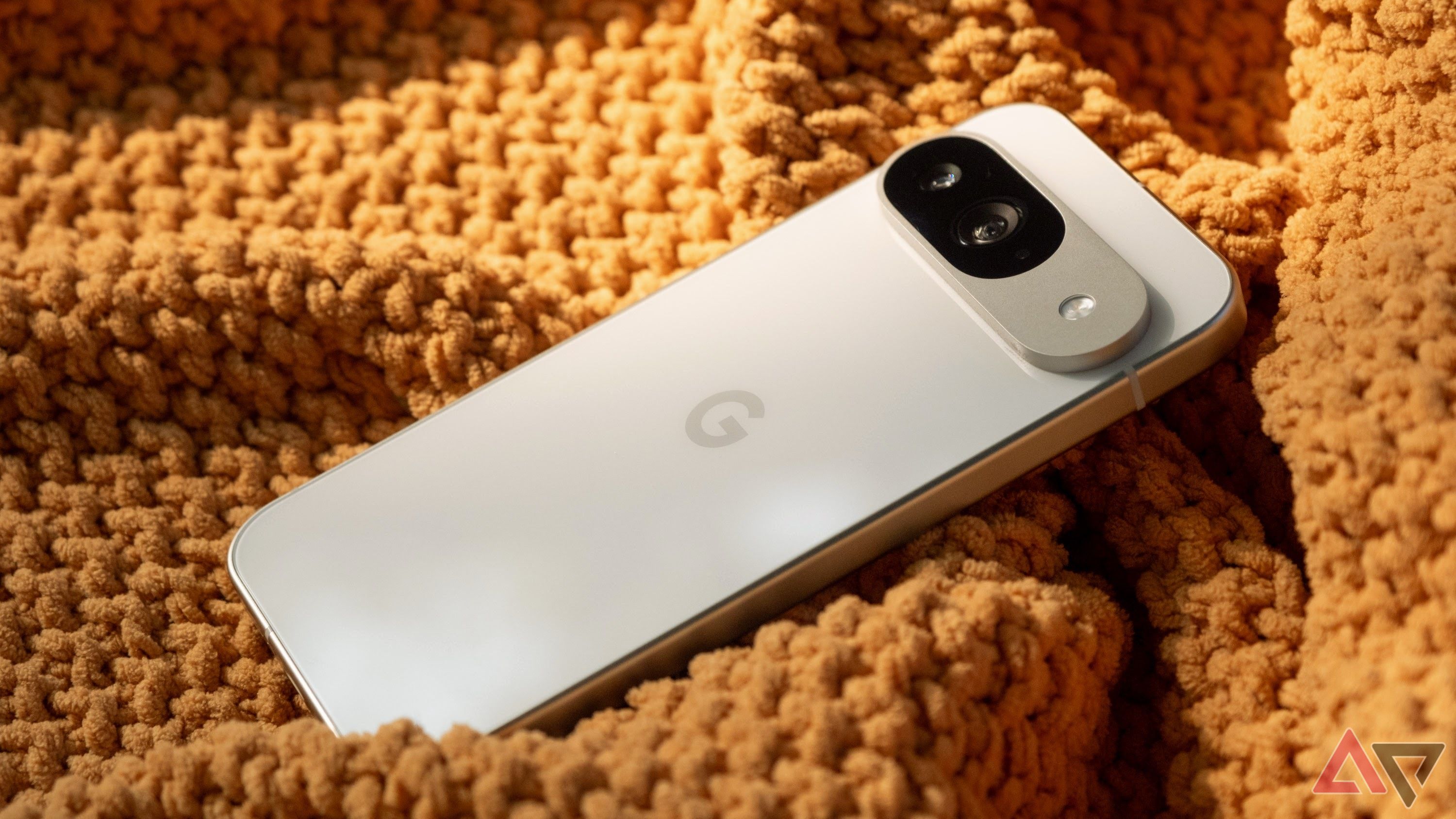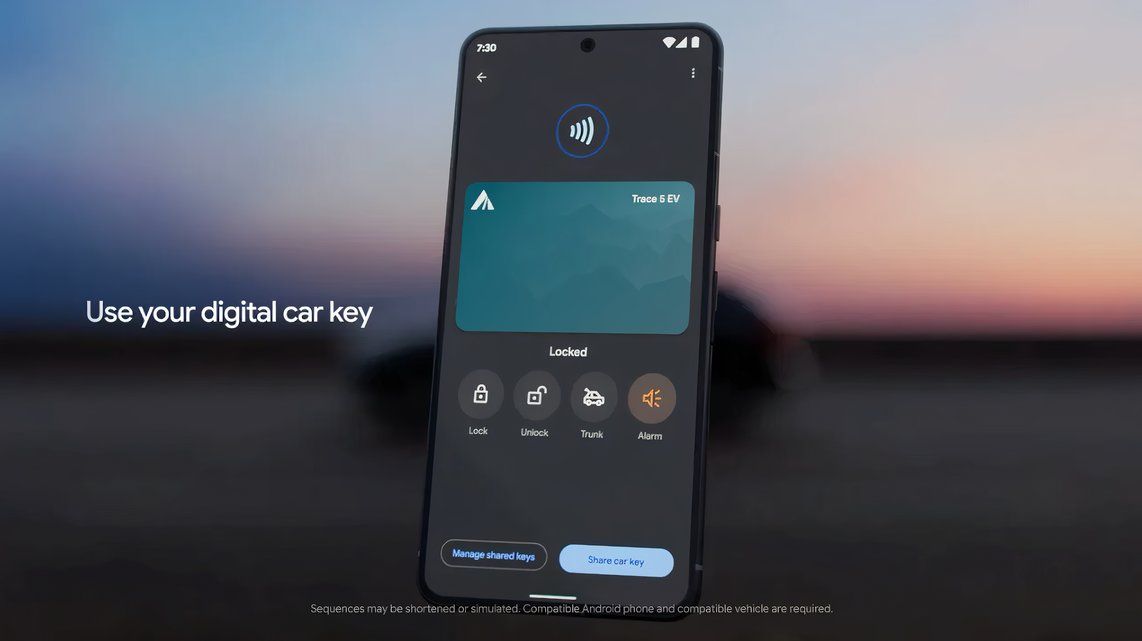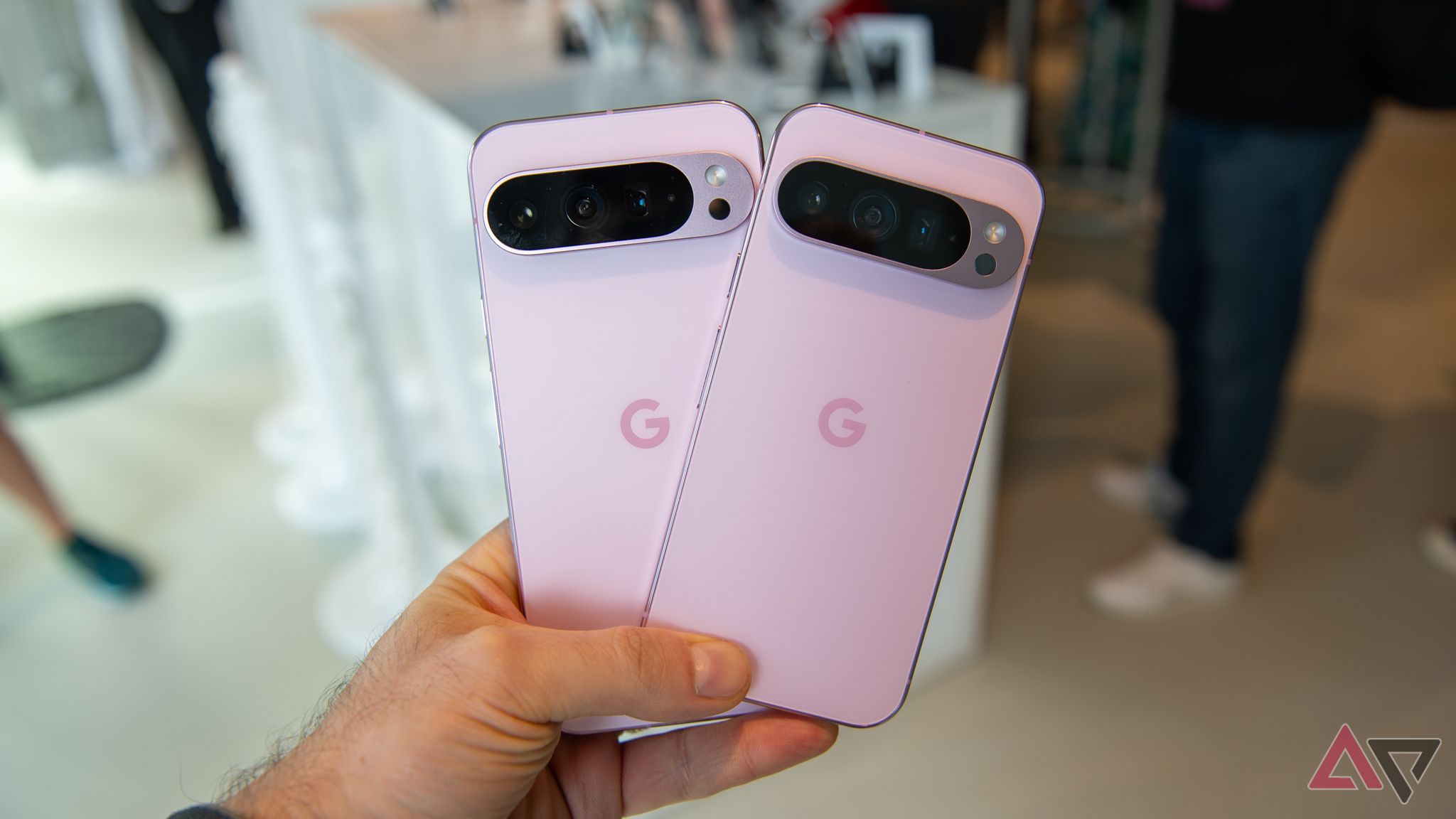Quick answer:
No, the Google Pixel 9 is the only one in the Pixel 9 series without UWB connectivity.
A specialized connectivity protocol in a similar vein as Bluetooth and NFC, ultra-wideband technology delivers impressively precise location abilities. Its most popular uses are in car key fobs and some advanced Bluetooth trackers. Not only can you use a smartphone to locate a hidden Galaxy SmartTag 2 tracker within centimeters, you can even use your phone as a replacement car key, controlling door locks, ignition, and more.
To do either, though, you’ll need a phone with UWB connectivity. Few phones include the required transmitter/receiver chip, so make sure you get the right one if you want to take advantage of this forward-looking feature.
Does the Google Pixel 9 support UWB?
The Google Pixel 9 is a well-rounded, highly refined piece of hardware, but it’s not the flagship, so it’s expected to miss out on some features. UWB support is one such feature, offered only on the more costly Pixel 9 Pro, Pro XL, and Pro Fold models. So, you won’t be able to use your base model Pixel 9 for keyless car entry, or for ultra-precise Bluetooth tracker locating.
What is UWB connectivity?
It’s a different beast from Verizon’s Ultra-Wideband 5G service
Basically, it’s yet another wireless standard, like Wi-Fi and Bluetooth, but it does things differently. Instead of altering the properties of a sustained sine wave, it operates on pulses. Conceptually, it’s a little like sonar mixed with Morse code, but based on electromagnetic waves instead of sound.
To make this novel communication method work, UWB uses a much wider frequency range (500MHz channels vs. Wi-Fi’s 80MHz), which is where it gets its name. Its assigned spectrum is also gigantic, ranging from 3.1 all the way to 10.6GHz; because the pulses need a much lower power level than typical wireless communications, UWB can safely use that entire range without messing up the various connectivity technologies it overlaps.
Source: Google
Sadly, you can’t do this with the base model Pixel 9
The rapid-fire, pulse-based communication allows both the receiver and transmitter to constantly verify that each device is authentic. This prevents bad actors from, for example, copying your key fob’s signal and repeating it to the car in order to unlock doors and start the engine without your input (what’s called a “relay attack”).
In terms of range, UWB falls between NFC and Bluetooth, and different implementations vary quite a bit. UWB’s potential data throughput far exceeds both, although it doesn’t approach the peak bandwidth of Wi-Fi 6. One of its most novel features, though, is that it won’t interfere with any other wireless signals in your home.
How do smartphones use UWB?
Most don’t, but that will probably change
The two (more costly) Pixel 9 Pro and Pro XL do support UWB
It hasn’t yet been widely adopted. For now, precise Bluetooth tracker location, keyless car entry and ignition, and data transfer between nearby, UWB-equipped phones are the only consumer uses. We’ll almost certainly see more functionality in the future, including (possibly) within Google’s Find My Device network, but it’s more expensive to implement than more widely compatible legacy technologies like Bluetooth.
At the moment, only some devices from a few manufacturers support UWB. Apple was ahead of the curve, offering UWB on every release since the iPhone 7 and Apple Watch Series 6. You’ll also find it in the Samsung Galaxy S21+ and Ultra (and later models), as well as the Note 20 Ultra and every Z Fold other than the original. Starting with the Pixel 6 Pro, Google’s high-end smartphones also offer UWB, including the Pixel 9 Pro, Pro XL, and Pro Fold.
If you’re not dead-set on using UWB for something specific, the truth is you probably won’t miss it much. But if you already know you want to stop carrying a keyless entry fob or utilize Samsung’s best Bluetooth trackers, opt for the Pixel 9 Pro or Pro XL, instead.
-
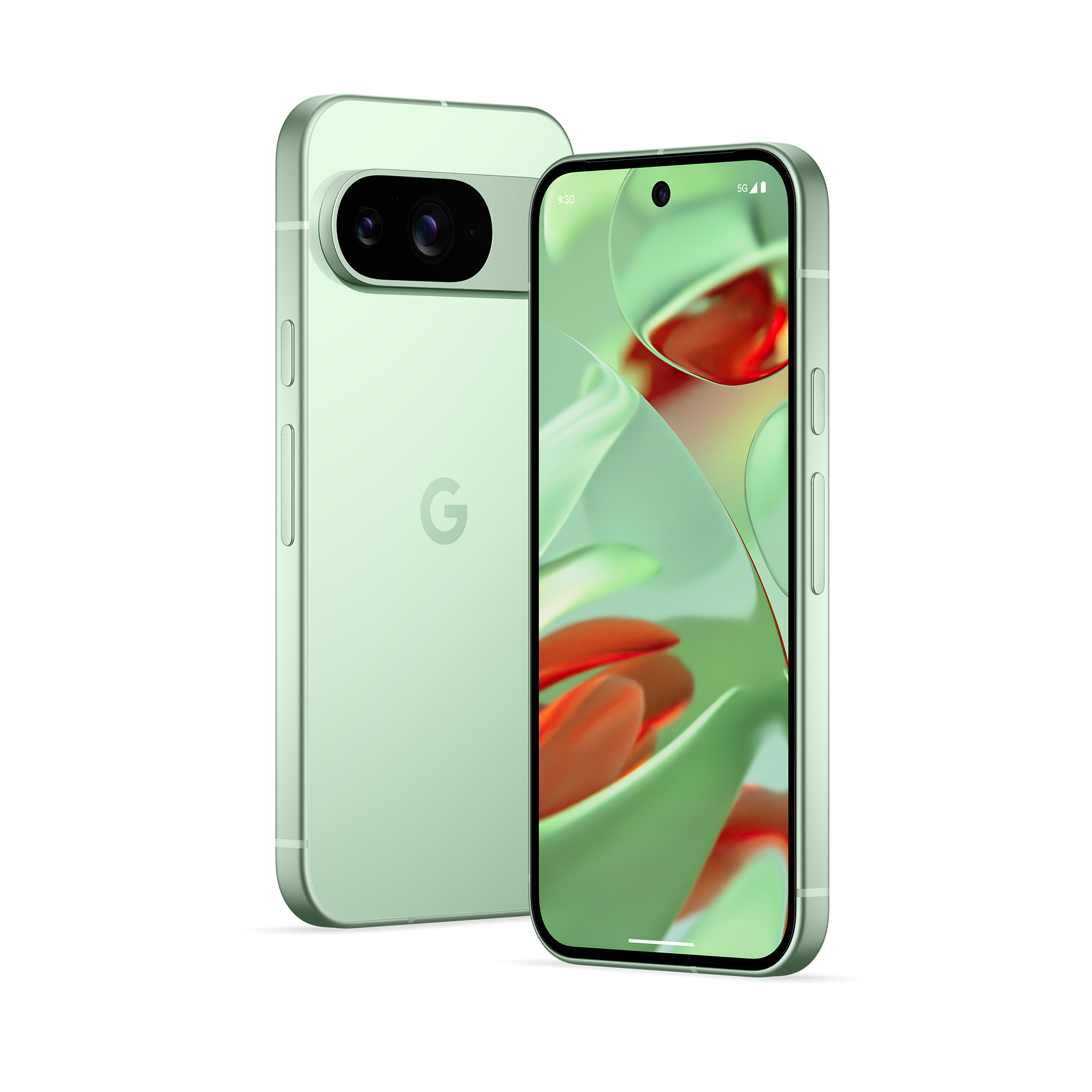
No UWB
Google Pixel 9
The Pixel 9 is Google’s most affordable 2024 flagship, making a few compromises when compared to the Pixel 9 Pro and Pro XL while retaining the Google smarts the lineup has become known for. An upgraded 48MP ultra-wide camera is paired with a 50MP main shooter, and the selfie cam added autofocus. All of this comes with new Gemini AI features and a 2,700-nit Actua display for exceptional value at its price point.
-
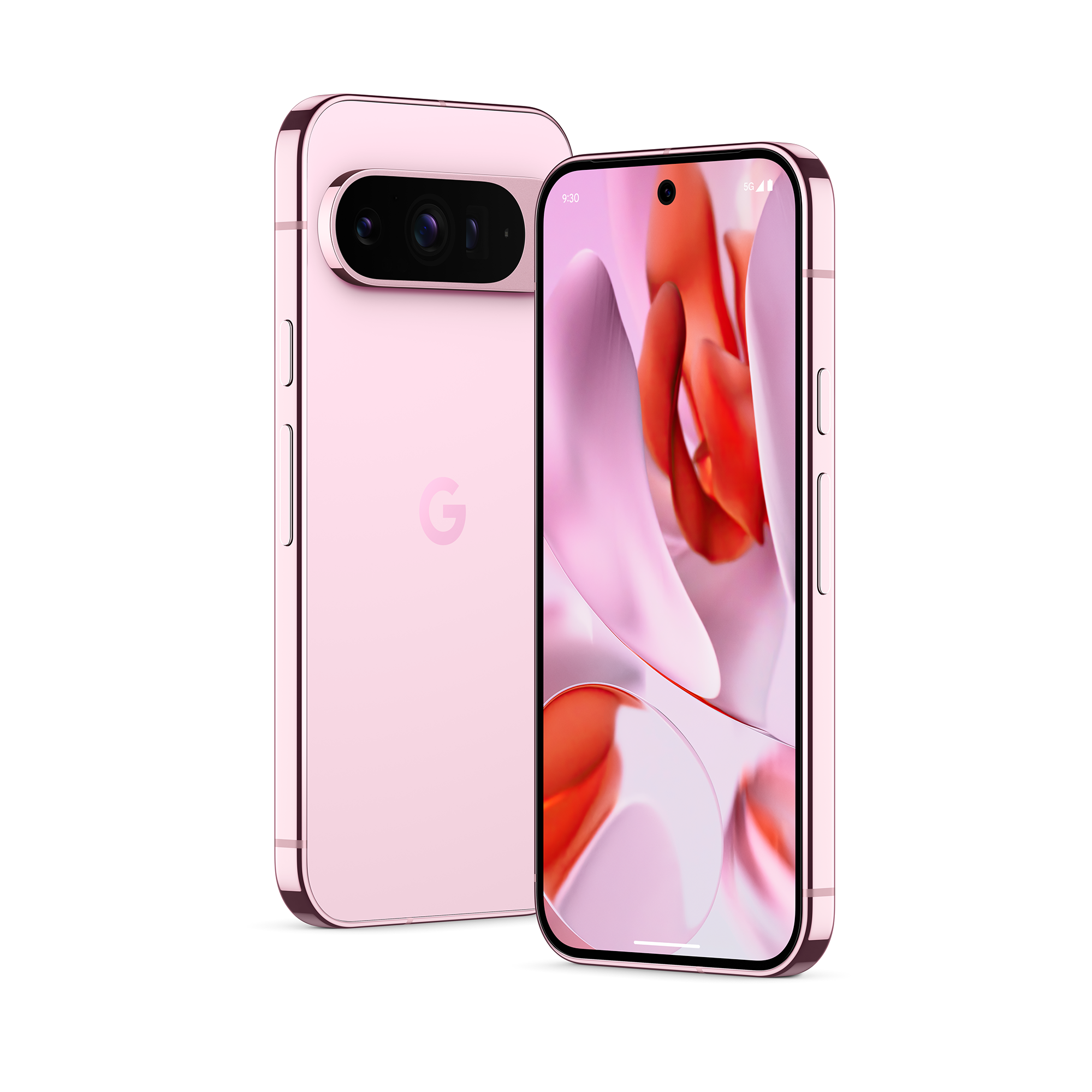
UWB-enabled
Google Pixel 9 Pro
The Pixel 9 Pro is a new addition to Google’s lineup, slotting in as a smaller premium flagship to pair with the Pixel 9 Pro XL. The latter is the direct successor to 2023’s Pixel 8 Pro despite its new XL moniker, whereas the Pixel 9 Pro brings a new form-factor to Google’s high-end offerings, sporting the same dimensions as the standard Pixel 9 model while packing all the AI and camera prowess we’ve grown accustomed to from Google’s Pro lineup.
Source link
